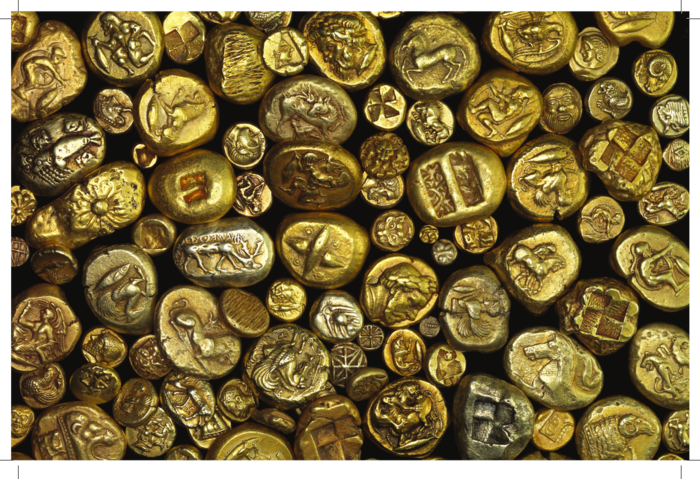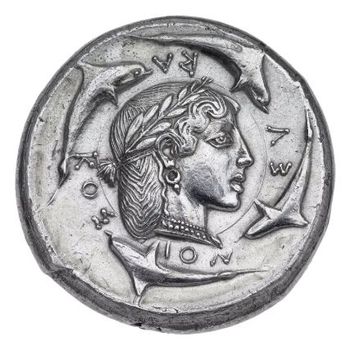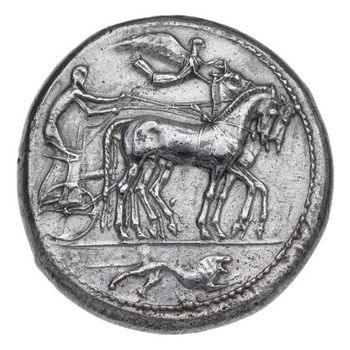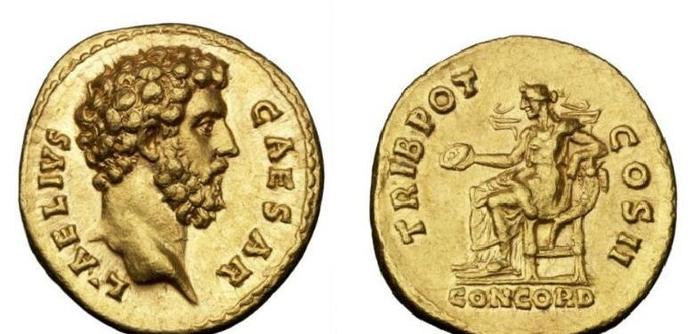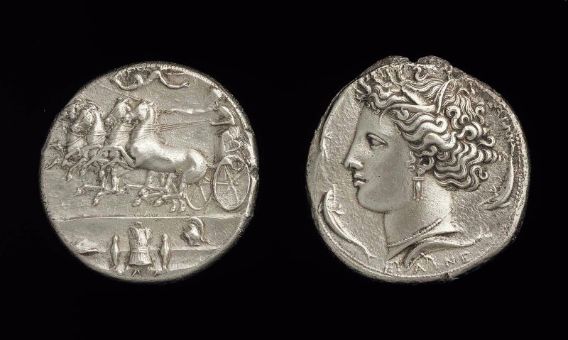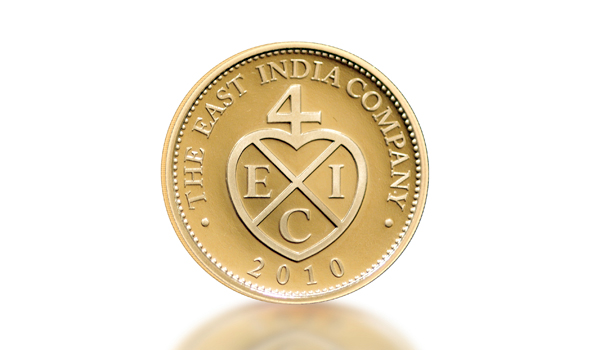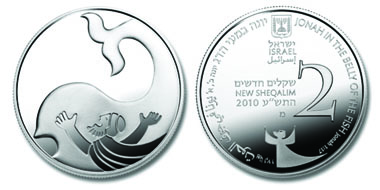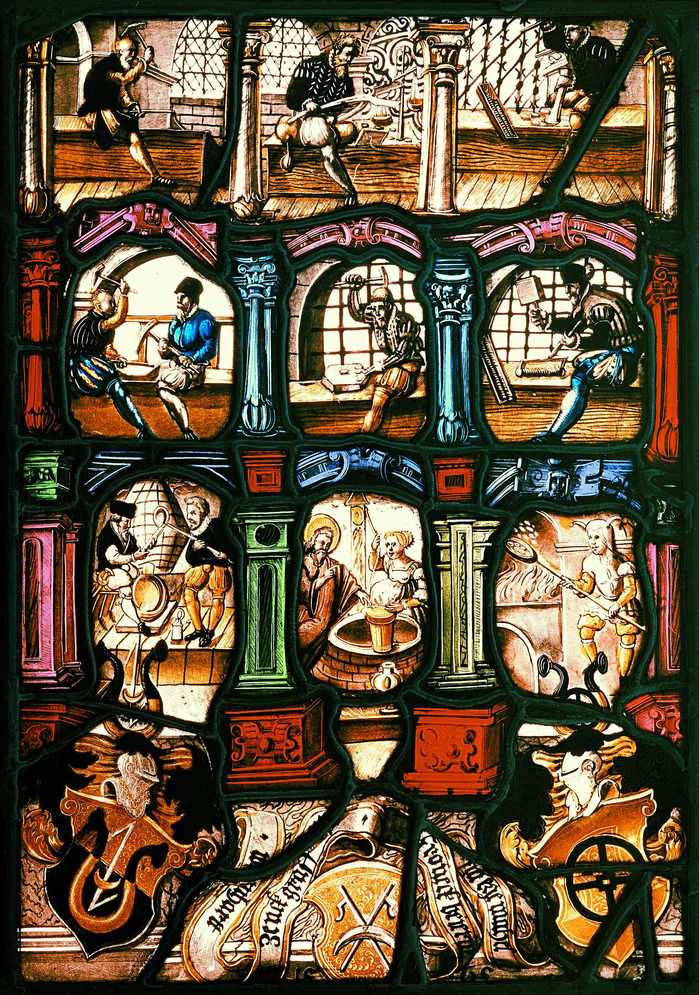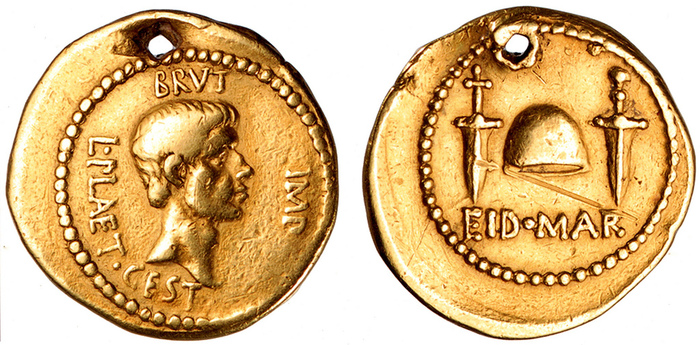Some of the earliest coins that are coins, rather then just weighted chunks of metal, are the late 7th century Lydian staters. These were struck in electrum, an alloy of gold and silver, which has a pale-yellow color. Recently the Israel Museum in Jerusalem had an exhibit of a wide selection of these, with quite an impressive online catalog. They also published a catalogue, White Gold: Revealing the World's Earliest Coins, bits available online.
A

